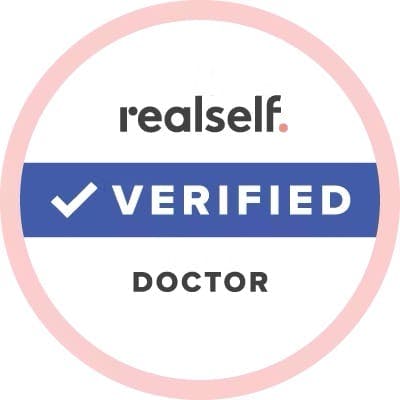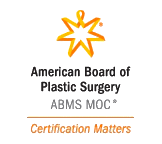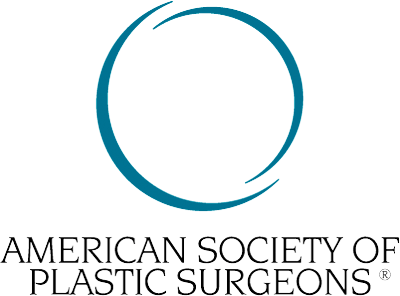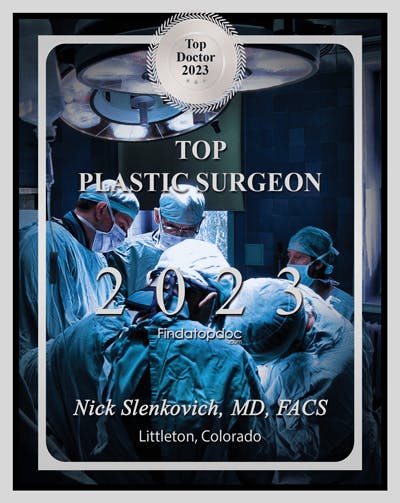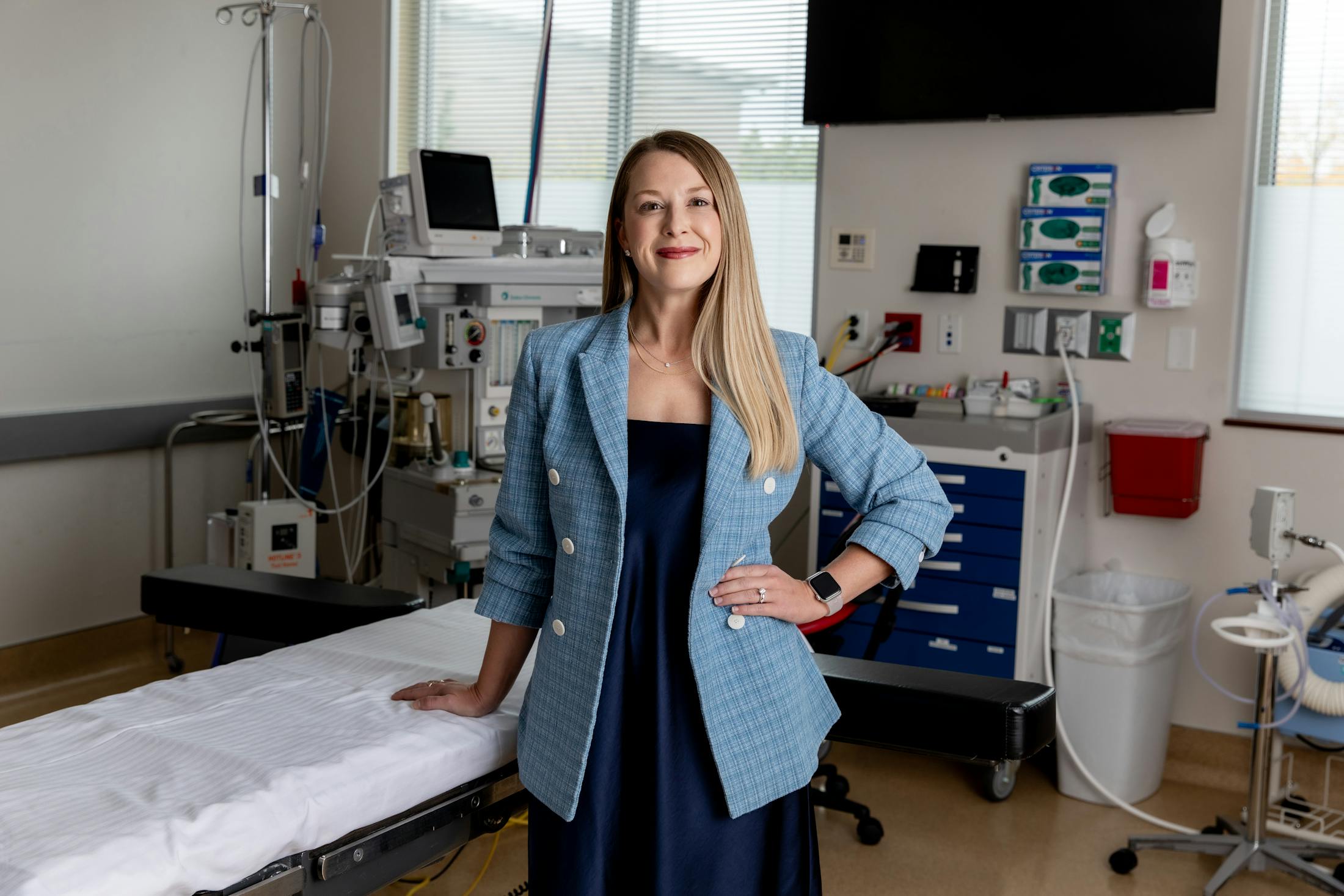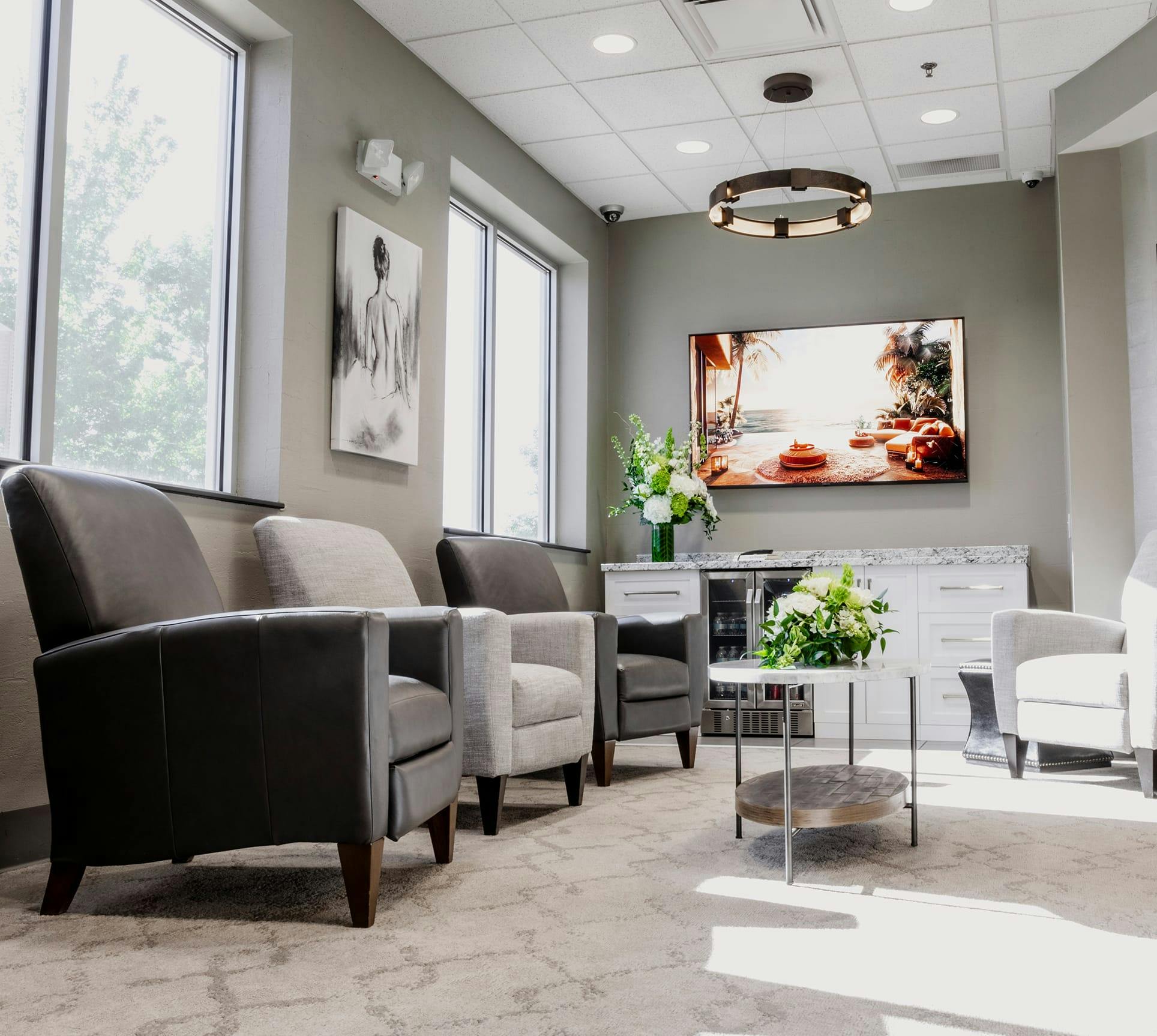Will there be visible scarring?
In breast augmentation surgery, the incisions are placed discreetly in the breast crease. This scar is thin, hidden in the crease, and fades nicely over time. At Colorado Plastic Surgery Center, we approach scar outcomes proactively, starting with Denver breast augmentation surgeon Dr. Slenkovich’s incision technique. To further commit to our partnership with you, we will recommend scar therapies in the post-operative phase to ensure that your scarring is minimized. Will I still be able to breastfeed after a breast augmentation?
It is unlikely that breastfeeding will be affected by breast augmentation surgery, and most women are still able to breastfeed afterward. When a breast augmentation is combined with other procedures, such as a breast lift, there is a higher potential for breastfeeding to be affected, but most of our patients can successfully breastfeed after surgery. In fact, Dr. Slenkovich highly recommends breastfeeding in general, and having undergone breast augmentation surgery does not change that recommendation. If you have any concerns surrounding breastfeeding after breast augmentation surgery, those can be discussed with our board-certified plastic surgeon, Dr. Nick Slenkovich, during your personalized consultation.
Will I still be able to breastfeed after a breast augmentation?
Most women are still able to breastfeed after a breast augmentation, as long as the method of breast augmentation used does not interfere with the nipples or milk ducts. When a breast augmentation is combined with other procedures such as a breast lift, there is a higher potential for compromised nipple or duct function. These concerns can be discussed with our board-certified plastic surgeon, Dr. Nick Slenkovich, prior to your procedure.
Will there be any loss of sensation in my breasts after a breast augmentation?
It is common to have a temporary loss of sensation of the breasts and/or nipples after breast augmentation surgery which generally comes back within a few weeks after surgery. It is also common that, as the sensation returns, the breasts may become overly sensitive. This is also temporary. In rare cases, a loss of sensation can occur. Are there any risks associated with the breast augmentation procedure?
All surgeries carry some risks, such as bleeding, bruising, and swelling. There is also a low risk of infection, hematoma or seroma. These can be minimized by ensuring that your surgeon is board-certified, experienced, and recognized for achieving excellent outcomes.
Capsular contracture is a specific risk associated with breast augmentation procedures, and can occur in about one out of six breast augmentation surgeries. There are certain steps that can be taken to reduce the risk of developing capsular contracture, and it is important to choose a surgeon who is dedicated to minimizing those risks. With over twenty years of experience and having performed thousands of breast augmentation surgeries, Dr. Nick Slenkovich is highly attentive to the technical measures that decrease capsular contracture, including the use of a funnel for implant insertion, protection of the skin during surgery, and using the most sterile techniques. One breast augmentation surgery approach that he often recommends is to place a mesh “bra” to support the implants - not only minimizing the risk of capsular contracture, but also allowing internal support for improved perkiness. Furthermore, Dr. Slenkovich bundles post-operative treatments with the Aspen Therapy System as necessary into his breast augmentation procedures. The Aspen Therapy System proactively encourages the proper formation of a capsule during the acute healing period of breast augmentation procedures, effectively mitigating the risk of developing capsular contracture.
Loss of sensation, which is discussed in the paragraph above, implant rupture, and implant deflation (if saline) are also risks associated with breast augmentation surgery. Dr. Nick Slenkovich is happy to discuss any of these risks during your consultation.
As your partner on this journey, our commitment to you is to be transparent, honest, and forth-coming about all risks and long-term implications of any surgery. We expect that when you get an implant, you are going to need or want future surgery, for a number of potential reasons. We will discuss this with you more during your consultation so that we can empower you to make informed decisions in your personal journey of self-improvement.
Are there any risks associated with the breast augmentation procedure?
There are risks of bleeding, bruising, and swelling. There are less likely risks, such as infection and post-operative capsular contracture. These risks can be minimized by ensuring that your surgeon is board-certified, experienced, and recognized for achieving excellent outcomes. Look over our gallery to view real-world patients.
Does a breast augmentation require a drainage tube?
Breast augmentation surgery performed by Dr. Nick Slenkovich typically does not require a drainage tube to be placed. Drainage tubes prevent large amounts of fluid from building up in the surgical site. At Colorado Plastic Surgery Center, we combine in-office post-operative lymphatic massage therapy to help with the management of swelling and fluid build-up.
How do I know if I need to combine a breast lift with a breast augmentation?
If you desire changes to your breasts beyond just an increase in size, such as perkier or rounder breasts, a higher breast position, bringing the breasts inward for more natural cleavage, or changes to nipple position/size, then a lift may be suggested in conjunction with a breast augmentation. To receive an augmentation without the lift may result in breasts looking fuller but still sagging low on the chest wall. A consultation using our 3D breast imaging technology can help you better visualize which procedure(s) may be right for you.
What are the similarities and differences between round silicone implants and gummy bear implants?
The term “gummy bear” is an umbrella term that refers to any implant made with the latest generations of highly cohesive silicone gel. Just as you can cut a gummy bear in half and it will retain its form and shape, a cohesive gel “gummy bear” implant will do the same. This highly cohesive silicone gel not only maintains its round, implant shape within the breast, but makes complications from rupture far less likely.
Are gummy bear implants or round-shaped implants better?
Gummy Bear implants require special manufacturing, so they tend to be more expensive, but this does not necessarily mean that they are better. They do provide a more natural shape while standing, as they mimic the contour of a real breast. That being said, there is a slightly increased possibility of them shifting, which would then look unnatural. With round implants, there is less concern about shifting within the breast tissue.
How often do I have to get my breast implants replaced?
People tend to think that you have to get your implants replaced within a certain time period such as 10 years, but this is not the case. If you are not having problems with your implants, then there is no need to replace them. It is recommended to have them examined by a board-certified plastic surgeon every so often to ensure that they are in good condition. Women tend to replace their implants if they want to change sizes or if they are experiencing complications. The FDA recommends that women with breast implants get routine imaging every three years after their breast augmentation surgery.




















